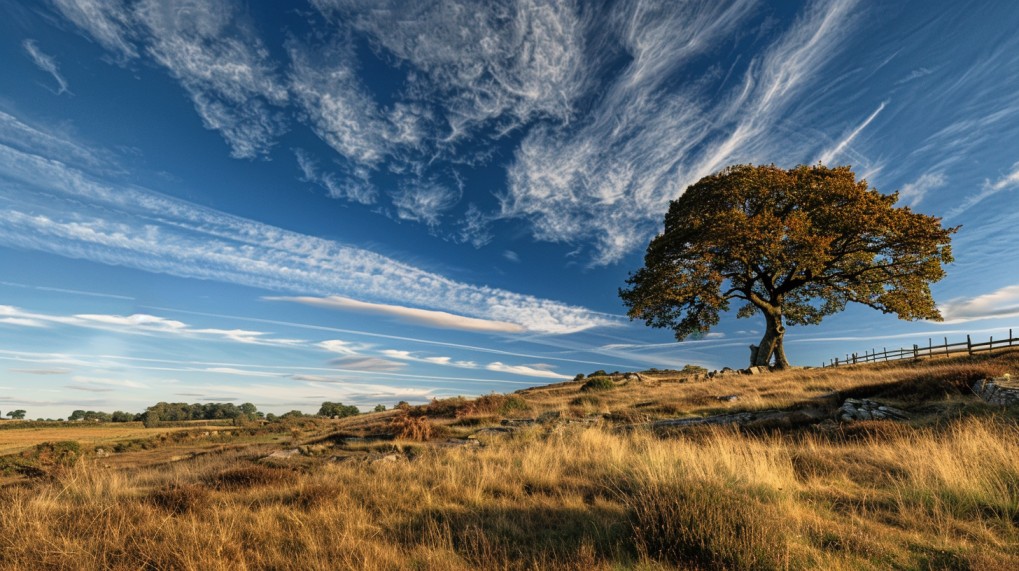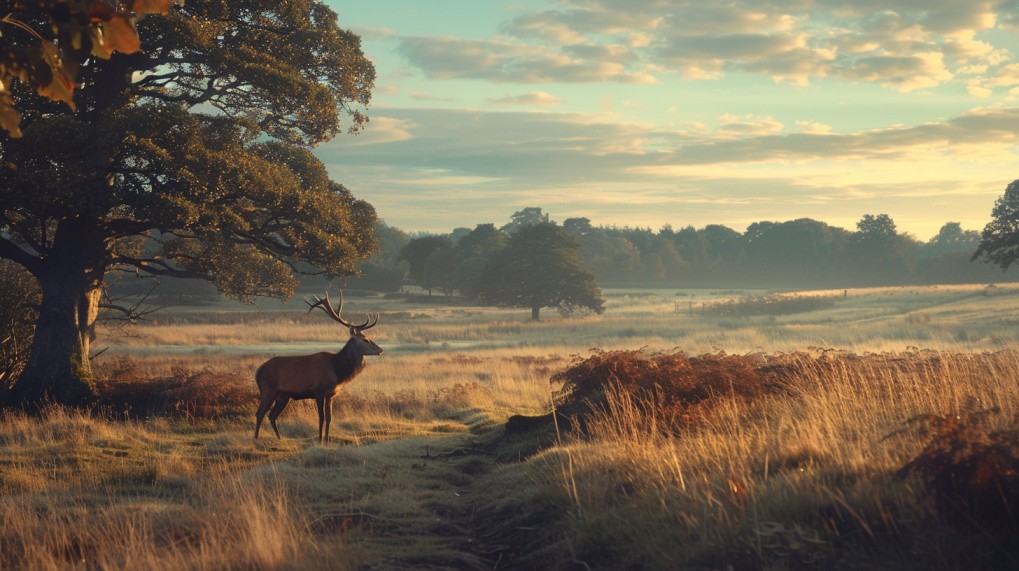Bradgate Park, located in Charnwood Forest, Leicestershire, England, is a public park that covers 850 acres (340 hectares) and is home to the only known Precambrian fossils in Western Europe. These ancient fossils, known as the Ediacaran biota, date back over 540 million years and provide a unique glimpse into the earliest forms of life on Earth.
The Ediacaran Fossils of Bradgate Park
Bradgate Park is home to approximately 50 known examples of Ediacaran fossils, which primarily take the form of two-dimensional impressions of fronds and disks. Some of the specific fossils found in the park include:
- Charnia masoni
- Bradgatia linfordensis
- Charniodiscus concentricus
These fossils are incredibly significant, as they represent some of the oldest known multicellular organisms on the planet. They provide valuable insights into the evolution of life and the conditions that existed during the Precambrian period.
The Geological History of Bradgate Park

The geology of Bradgate Park ranges from some of the oldest (Precambrian) fossil-bearing rocks in England to the youngest (Quaternary) deposits. The oldest rocks, which include the fossil-bearing strata, were formed in a variety of conditions, from volcanoes rising out of the ocean to magma flowing deep underground.
During the Triassic period, approximately 350 million years after the ancient rocks were formed, erosion exposed these rocks, which were then part of the Pangea supercontinent. Desert conditions led to the accumulation of windblown Loess, which now forms the Mercia Mudstone Group.
The Quaternary period, which includes the last ice age, saw the park and its surrounding areas heavily overlain by glacial deposits of Boulder Clay. As the ice melted, the solid material within the ice settled over the ‘natural’ rocks below, creating the park’s current landscape.
The Diverse Ecosystem of Bradgate Park
In addition to its geological significance, Bradgate Park is home to a rich and diverse ecosystem. The park’s landscape is characterized by rocky moorland with a covering of coarse grass and bracken, as well as several spinneys of woodland (pine and mixed deciduous) enclosed by stone walls.
The park is home to a herd of 550 deer, which includes both red and fallow deer. These deer play a crucial role in managing the park’s vegetation and are an integral part of the ecosystem. The park is also home to a variety of other wildlife, including badgers, foxes, rabbits, squirrels, and a wide range of bird species.
Visiting Bradgate Park
Visitors to Bradgate Park can enjoy a variety of activities, including walking, picnicking, horseback riding, and bird watching. The park offers several designated walking trails that allow visitors to explore the park’s natural beauty and learn about its geology and history.
To protect the park’s valuable fossil resources, a protocol has been established between the British Geological Survey (BGS) and the Bradgate Park Trust. This protocol requires that the organizer of any geological group that wishes to visit the park must provide an advance written request to the park office.
Overall, Bradgate Park is a unique and fascinating destination for anyone interested in the history of life on Earth. Its Ediacaran fossils provide a rare glimpse into the earliest stages of evolution, while its diverse ecosystem and stunning natural beauty make it a must-visit destination for outdoor enthusiasts.
References:
– BBC News. (2024, May 19). Bradgate Park: National nature reserve status protects ancient rocks. Retrieved from https://www.bbc.com/news/uk-england-leicestershire-69027701
– The Guardian. (2013, October 11). British fossils being lost to vandalism. Retrieved from https://www.theguardian.com/science/lost-worlds/2013/oct/11/british-fossils-vandalism-charnwood-forest
– Gov.uk. (2024, May 20). Home of globally rare Precambrian fossils set to become a new NNR. Retrieved from https://www.gov.uk/government/news/home-of-globally-rare-precambrian-fossils-set-to-become-a-new-nnr
– Wikipedia. (n.d.). Bradgate Park. Retrieved from https://en.wikipedia.org/wiki/Bradgate_Park
– British Geological Survey. (2010). Guide to the geology of Bradgate Park and Swithland Wood, Charnwood Forest. Retrieved from https://nora.nerc.ac.uk/id/eprint/11705/1/Bradgate_Guide_JNC2010.pdf

